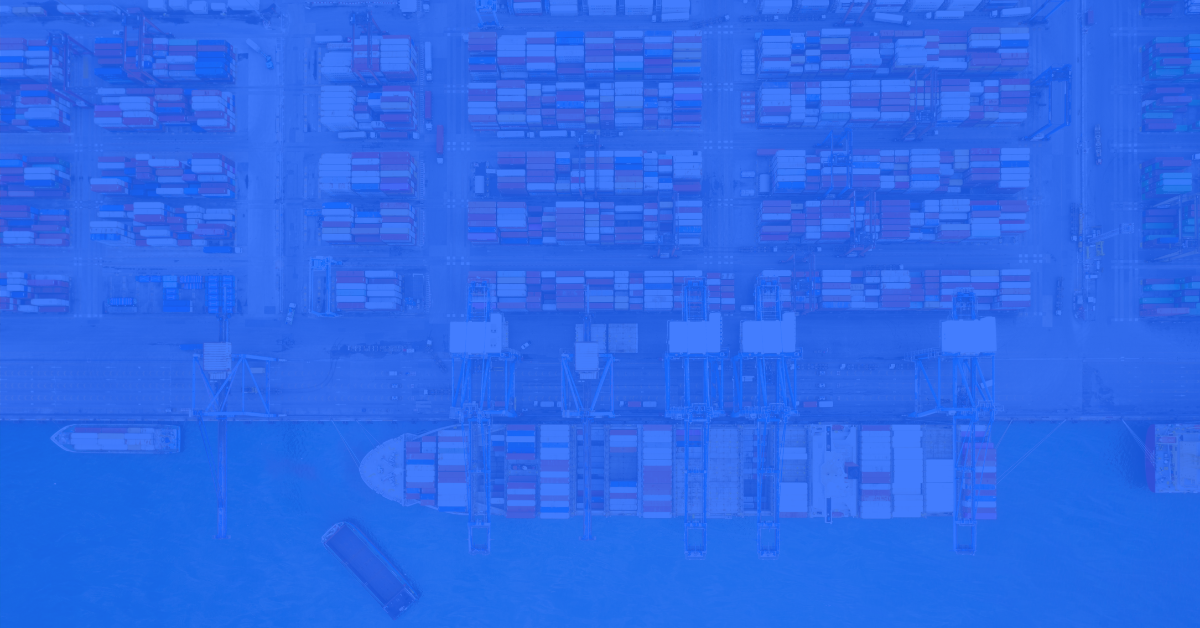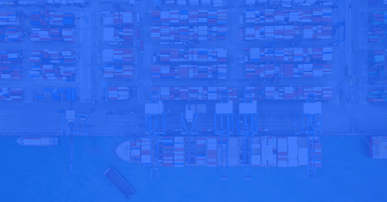Throw a dart at a world map, and one finds the same problems in virtually every region - rollovers, port quarantines, skyrocketing box rates, skyrocketing LNG prices, port congestion, lack of truck/lorry drivers, Brexit, continuing Covid issues affecting port workers, vaccine mandates (or not), continued skyrocketing imports into the US (a record 903,000 TEU's into Los Angles in September). No one expected that a global boom in container shipping could be so painful.
But as everything revolves around boxes, how fast are they moving from manufacturer to retailer?
The simple answer is "not very," while the more measured reply is "painfully slow, and it's going to stay slow for a long time."
Nearly 317 vessels worldwide, estimated to carry some 2.1 million TEU's, are currently afloat and backlogged. Bottlenecks at all the major US ports continue to grow, with the ports of Long Beach and Los Angeles being the worst, followed by New York/New Jersey and Savannah.
While Bloomberg mentioned 80 box ships off LA/LB last week or so, Business Outsider disagreed and cited the Marine Exchange of Southern California as 97 container vessels were waiting for berthing space.
With the Los Angeles waiting area extending further and further offshore, Bloomberg's Port Congestion Tracker has equally re-figured its parameters to include the additional ships in the larger area. Now, LA/LB is exceeding Singapore as the world's third-largest holding area for box ships.
But the supply chain includes both - delivery to the port as well as movement off the port at the receiving end. The American shortfall of some 80,000 truck drivers means boxes aren't moving off the piers for an extended time, which causes the backlogs at the US port and at sea, which is yet another reason for the congestion at the Chinese and Singapore ends.
The Domino Effect
Although the Covid issues that shuttered Yantian in June and then Ningbo-Zhoushan port in August have not returned, the port closures worsened the already semi-paralyzed box trade. The carriers responded with rewritten shipping loops and blanked sailings, thereby affecting other Chinese, Vietnamese, and Asian ports and stretching the already teetering supply chains.
But what finally affected the Chinese export juggernaut were the recent skyrocketing energy prices affecting the country's manufacturing base.
As Brent crude prices continued their climb from last October's US $ 33-36/bbl to the current $ 83-84/, LNG prices also shot upward. With LNG prices record levels reaching over US$ 200/bbl in the EU and Asia, with caloric-energy comparisons to crude oil, electricity in crude-LNG import Asian markets became incredibly expensive.
These rising energy prices quickly forced Beijing to order the manufacturers of low-value products in Guangdong's Pearl River Delta manufacturing center and other provinces to cut production. This way, expensive electricity could be diverted to manufacturers of high-value products that are better suited to handle high-cost energy.
This emphasis on the production of high-value products is expected to continue, adding more stress to the global supply chain as low-grade manufacturing (slowly) migrates from China to Vietnam and the surrounding Asian countries.
What does it mean for trade?
The current scenario will likely cause product shortages in the already-stressed EU-UK-US markets, where shelves in Poundland, Dollar Store, or EuroShop have frequently stayed empty over the past few weeks.
Recent typhoons Chanthu and Kampasu primarily affected the ports of Hong Kong and Shenzen, making their situation worse. There are currently approximately 237 container ships standing off the Pearl River Delta ports.
Looking at the congestion of the USWC ports and piers, it is difficult to decide if the cause and effect are 'China-US' or 'US-China.' Through all this, US and EU box imports break records monthly.
Our platform reveals that China Main – LA/LB rates have dropped 5% in the last four weeks, while China Main – North Europe Main have dropped a marginal 2% (both exclude surcharges). As both rate comparison dates are right during -Golden Week, one wonders if the supply chain is so bollix'd-up that any Asian holiday other than the multiple-week Lunar New Year is disregarded?
The world's supply chains have yet to recover any sense of pre-Covid normalcy. We are almost two years into historically acrimonious carrier-shipper relations, a worldwide driver shortage, infrastructure-supply chain in the US, UK, Asia, seemingly on the verge of collapse. All of this as the West approaches its holiday season, with Lunar New Year quickly following. These may be the holidays to remember for a long time.


-1.jpg)




